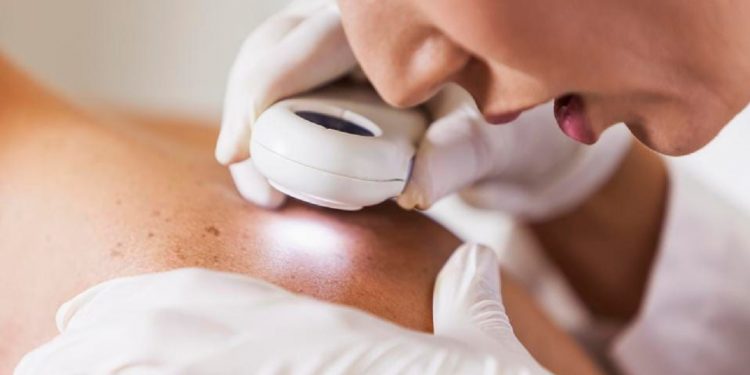In, this article, you will learn about treatment for skin cancer and its types. Skin cancer is the most common cancer, affecting millions of people worldwide each year. It is a disease in which abnormal skin cells grow and multiply uncontrollably, forming a tumor mass. There are three main types of skin cancer: basal cell carcinoma, squamous cell carcinoma, and melanoma.
Types of Skin Cancer:
- Basal Cell Carcinoma (BCC): The most common type of skin cancer, BCC, develops in the basal cells of the skin, which produce new skin cells.
- Squamous Cell Carcinoma (SCC): SCC affects the squamous cells, which make up the outer layer of the skin.
- Melanoma: The most dangerous type of skin cancer, melanoma, begins in the cells that produce pigment in the skin.
Importance of Early Detection and Skin cancer Treatment
Early skin cancer treatment and detection are crucial for achieving the best outcomes. If left untreated, skin cancer can spread to other body parts, leading to serious health complications.
Surgical Treatments
Here’s more information on surgical treatments for skin cancer
1. Excisional Surgery
Excisional surgery is a common treatment for skin cancer, particularly for small or early-stage tumors. Skin cancer is exposed to radiation from outside the body while the patient is positioned close to a device that administers the radiation.
2. Mohs Surgery
The surgeon removes thin layers of the tumor and the surrounding tissue during Mohs surgery. Then, they examine these layers under a microscope until they find no more cancer cells.
The surgeon repeats this process of removing thin layers of the tumor and surrounding tissue and examining them under a microscope until they have removed the entire cancer. Mohs surgery is ideal for skin cancers that carry a high risk of recurrence or for those situated in areas where it is vital to preserve as much healthy tissue as possible, like the face.
Read Also: What Is The Best Treatment For Skin Cancer Of The Face?
3. Cryosurgery
Cryosurgery involves using extreme cold, usually liquid nitrogen, to freeze and destroy cancer cells. the procedure can be used for small, early-stage skin cancers.
4. Curettage and Electrodesiccation
Curettage and electrodesiccation is a commonly used two-step process for treating certain types of skin cancer. This process involves first using a circular blade (curette) to scrape the tumor away, followed by using an electrically charged needle (electrodesiccation) to destroy any remaining cancer cells. during curettage, the circular blade is used by the surgeon to scrape the tumor away, which allows them to remove as much cancerous tissue as possible
The second step involves using an electrically charged needle to destroy any remaining cancer cells, as well as to help control bleeding and reduce the risk of infection.
This two-step process is a relatively simple and quick procedure, typically done on an outpatient basis. Moreover, it may be a suitable option for small, superficial basal cell or squamous cell carcinomas. However, it may not be appropriate for more aggressive or deep tumors. Therefore, it is crucial to consult with a dermatologist or skin cancer specialist to determine the most appropriate treatment plan for a specific case.
Radiation Therapy for Skin cancer

1. External Beam Radiation Therapy
External beam radiation therapy uses high-energy radiation beams to destroy cancer cells. In radiation therapy for skin cancer, the patient is positioned close to a device that administers the radiation, exposing the affected area to high-energy radiation from outside the body.
2. Brachytherapy
Brachytherapy involves the placement of radioactive sources directly into or near the skin cancer. This radiation therapy is typically used for skin cancers that are not easily accessible with external beam radiation therapy.
Chemotherapy

1. Topical Chemotherapy
Topical chemotherapy involves the application of drugs directly to skin cancer. Typically, healthcare providers use photodynamic therapy (PDT) for small, superficial skin cancers.
2. Systemic Chemotherapy
Systemic chemotherapy involves administering drugs circulating throughout the body to target cancer cells. Doctors use this type of chemotherapy for more advanced or widespread skin cancers.
It’s important to note that the specific type of chemotherapy recommended will depend on various factors such as the type, size, and location of the skin cancer and the overall health.
Photodynamic Therapy (PDT)
Photodynamic therapy (PDT) involves using a photosensitizing agent and applied to the skin, then activated with a specific type of light. The light causes the photosensitizing agent to produce a chemical reaction that destroys the cancer cells.
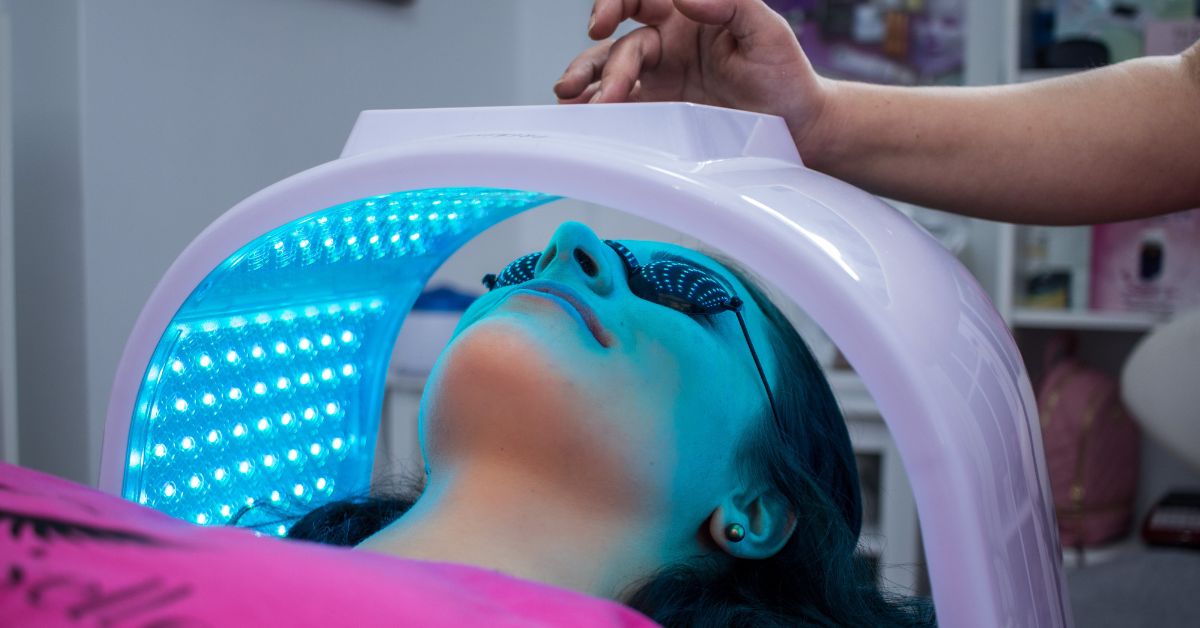
Uses of Photodynamic Therapy (PDT)
In photodynamic therapy (PDT), the healthcare provider injects a photosensitizing agent into the patient’s bloodstream or applies it topically to the area being treated. Then, the provider activates the agent using a specific wavelength of light, typically from a laser or other light source, which causes it to produce reactive oxygen species that damage and destroy the targeted cells.
Furthermore, the provider performs the treatment on an outpatient basis and may require multiple sessions depending on the size and location of the targeted tissue.
Immunotherapy
Immunotherapy is a treatment that helps the body’s immune system recognize and attack cancer cells. Many types of immunotherapy are used to treat skin cancer, such as checkpoint inhibitors, cytokine therapy, and vaccines.
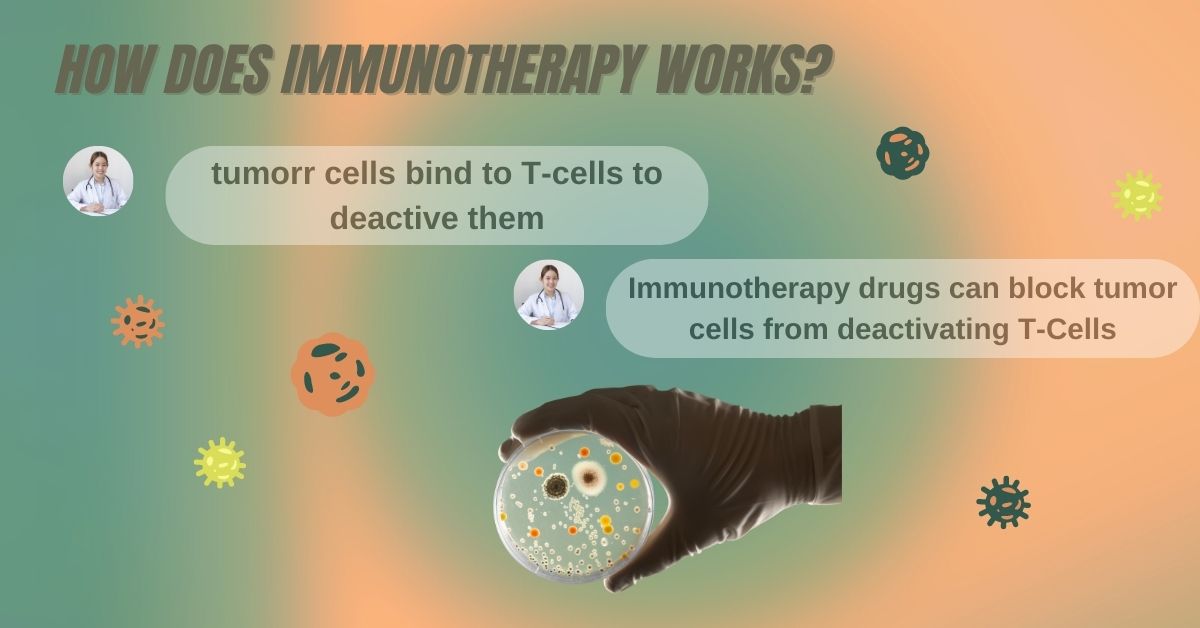
Uses of Immunotherapy
Immunotherapy treats advanced or metastatic skin cancers, such as melanoma.
Interferon Therapy
Interferon therapy is a type of immunotherapy that involves the administration of a protein called interferon, which helps the body’s immune system recognize and attack cancer cells.
Interferons are naturally produced by the body in response to infection or injury, but they can also be manufactured in a laboratory and administered as a treatment.
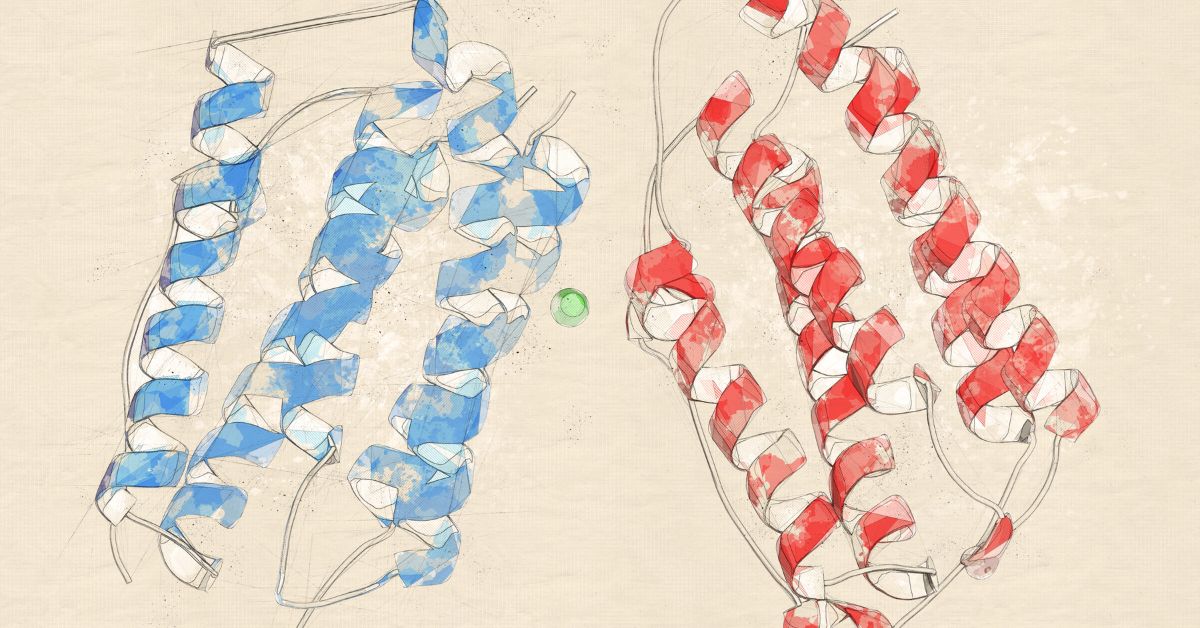
Uses of Interferon Therapy
Interferon therapy treats advanced or metastatic skin cancers, such as melanoma. Non-melanoma skin cancers such as Merkel cell carcinoma.
Checkpoint Inhibitor Therapy
Checkpoint inhibitor therapy is a type of immunotherapy that helps the body’s immune system recognize and attack cancer cells by blocking certain proteins (called “checkpoints”) that can suppress the immune response.
Uses
Checkpoint inhibitor therapy treats advanced or metastatic skin cancers, such as melanoma.
Vaccine Therapy
Vaccine therapy is a type of immunotherapy that involves the administration of a vaccine that helps the body’s immune system recognize and attack cancer cells.

Uses of Vaccine Therapy
Vaccine therapy treats advanced or metastatic skin cancers, such as melanoma. Moreover, People should always use sunscreen who are at high risk for skin cancer.
Combination Therapy
Combination therapy involves using more than one type of treatment for skin cancer, such as surgery and radiation therapy or chemotherapy and immunotherapy. The use of combination therapy can help increase the effectiveness of treatment and reduce the risk of cancer returning.

Uses
Combination therapy treats various types of skin cancer, including melanoma, basal cell carcinoma, and squamous cell carcinoma.
Post-Treatment Care
After skin cancer treatment, it’s important to reduce the risk of cancer returning and promote healing. This may include regular follow-up appointments with a doctor and self-care measures such as protecting the skin from the sun and avoiding exposure to tobacco smoke.
Follow-up appointments
Regular follow-up appointments with a doctor are an important part of post-treatment care for skin cancer. During these appointments, the doctor will monitor the patient’s progress and check for any signs of cancer returning.
1. Sun protection
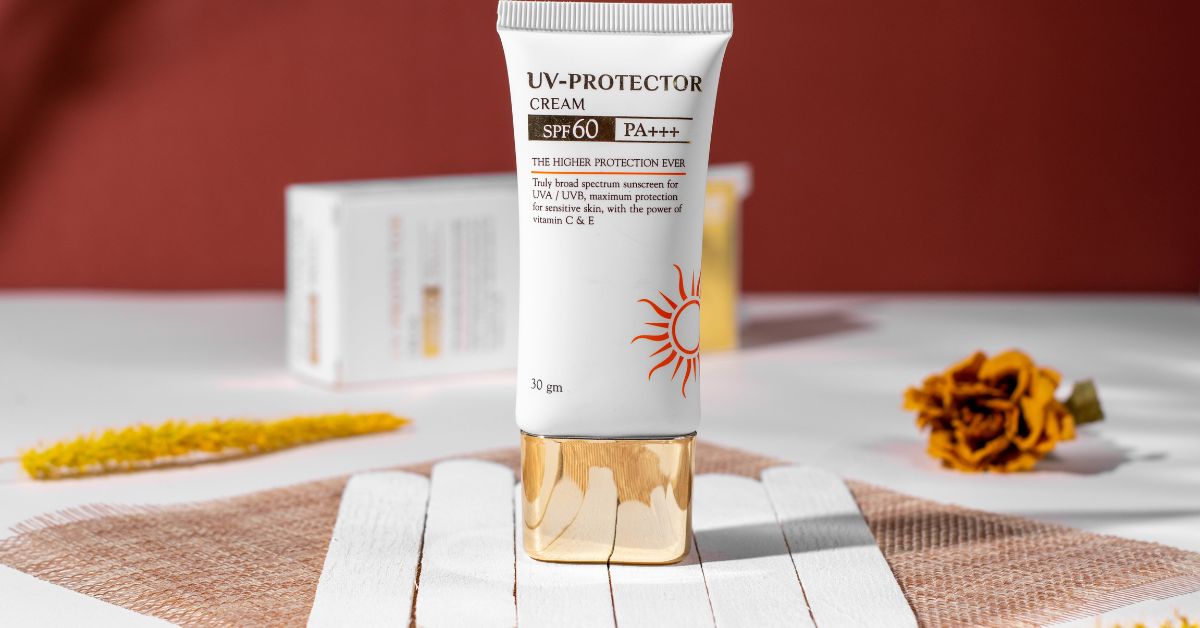
Protecting the skin from the sun is an important part of post-treatment care for skin cancer. This may include wearing protective clothing, applying sunscreen, and seeking shade when the sun is strongest.
2. Avoiding tobacco smoke

Avoiding exposure to tobacco smoke is also an important part of post-treatment care for skin cancer.
Furthermore, Tobacco smoke contains harmful chemicals that can affect the skin’s health and increase the risk of cancer returning.
Conclusion!!
Overall, skin cancer is a serious condition that requires prompt and effective treatment. Therefore, there are various treatments available, such as surgical treatments, radiation therapy, chemotherapy, photodynamic therapy, immunotherapy, interferon therapy, checkpoint inhibitor therapy, vaccine therapy, and combination therapy, depending on various factors.
For instance, the type, size, and location of the skin cancer, as well as the overall health and preferences of the patient, will determine the specific treatment(s) used.
However, post-treatment care is also an essential part of the overall management of skin cancer. Consequently, regular follow-up appointments with a doctor, protecting the skin from the sun, and avoiding exposure to tobacco smoke are critical for a successful recovery.
Therefore, it is important to work closely with a doctor to determine the best course of action and to ensure the best possible outcome. By doing so, patients can improve their chances of successful treatment and long-term management of skin cancer.







































